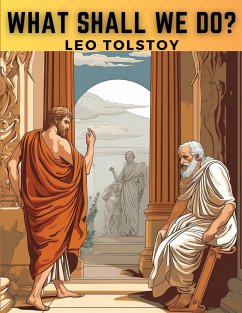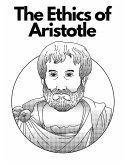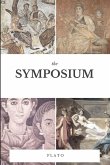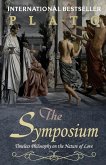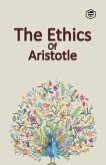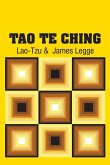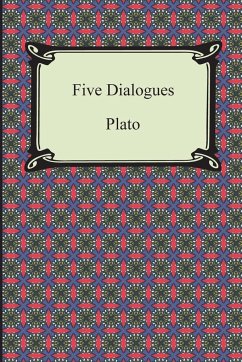Tolstoy is considered one of the giants of Russian literature; his works include the novels War and Peace and Anna Karenina and novellas such as Hadji Murad and The Death of Ivan Ilyich. Tolstoy's earliest works, the autobiographical novels Childhood, Boyhood, and Youth (1852-1856), tell of a rich landowner's son and his slow realization of the chasm between himself and his peasants. Though he later rejected them as sentimental, a great deal of Tolstoy's own life is revealed. They retain their relevance as accounts of the universal story of growing up. Tolstoy served as a second lieutenant in an artillery regiment during the Crimean War, recounted in his Sevastopol Sketches. His experiences in battle helped stir his subsequent pacifism and gave him material for realistic depiction of the horrors of war in his later work. His fiction consistently attempts to convey realistically the Russian society in which he lived. The Cossacks (1863) describes the Cossack life and people through a story of a Russian aristocrat in love with a Cossack girl. Anna Karenina (1877) tells parallel stories of an adulterous woman trapped by the conventions and falsities of society and of a philosophical landowner (much like Tolstoy), who works alongside the peasants in the fields and seeks to reform their lives. Tolstoy not only drew from his own life experiences but also created characters in his own image, such as Pierre Bezukhov and Prince Andrei in War and Peace, Levin in Anna Karenina and to some extent, Prince Nekhlyudov in Resurrection. Excerpt from What Shall We Do? The Kreutzer Sonata I know one such beggar from the gentry. The old man walks slowly, putting his weight on each foot. When he meets you, he puts his weight on one foot and acts as though he were bowing to you. If you stop, he takes hold of his cockaded cap, bows to you, and begs you for an aims; if you do not stop, he pretends just to have such a gait, and passes on, bowing with a leaning on his other foot. He is a real, trained Moscow beggar. At first I did not know why the Moscow beggars did not beg outright, but later I came to understand it, though I did not understand their condition. One day, as I was walking through Afanasev Lane, I saw a policeman putting a tattered peasant, who was pudgy with the dropsy, into a cab. I asked him Why he was doing this.
Hinweis: Dieser Artikel kann nur an eine deutsche Lieferadresse ausgeliefert werden.
Hinweis: Dieser Artikel kann nur an eine deutsche Lieferadresse ausgeliefert werden.

